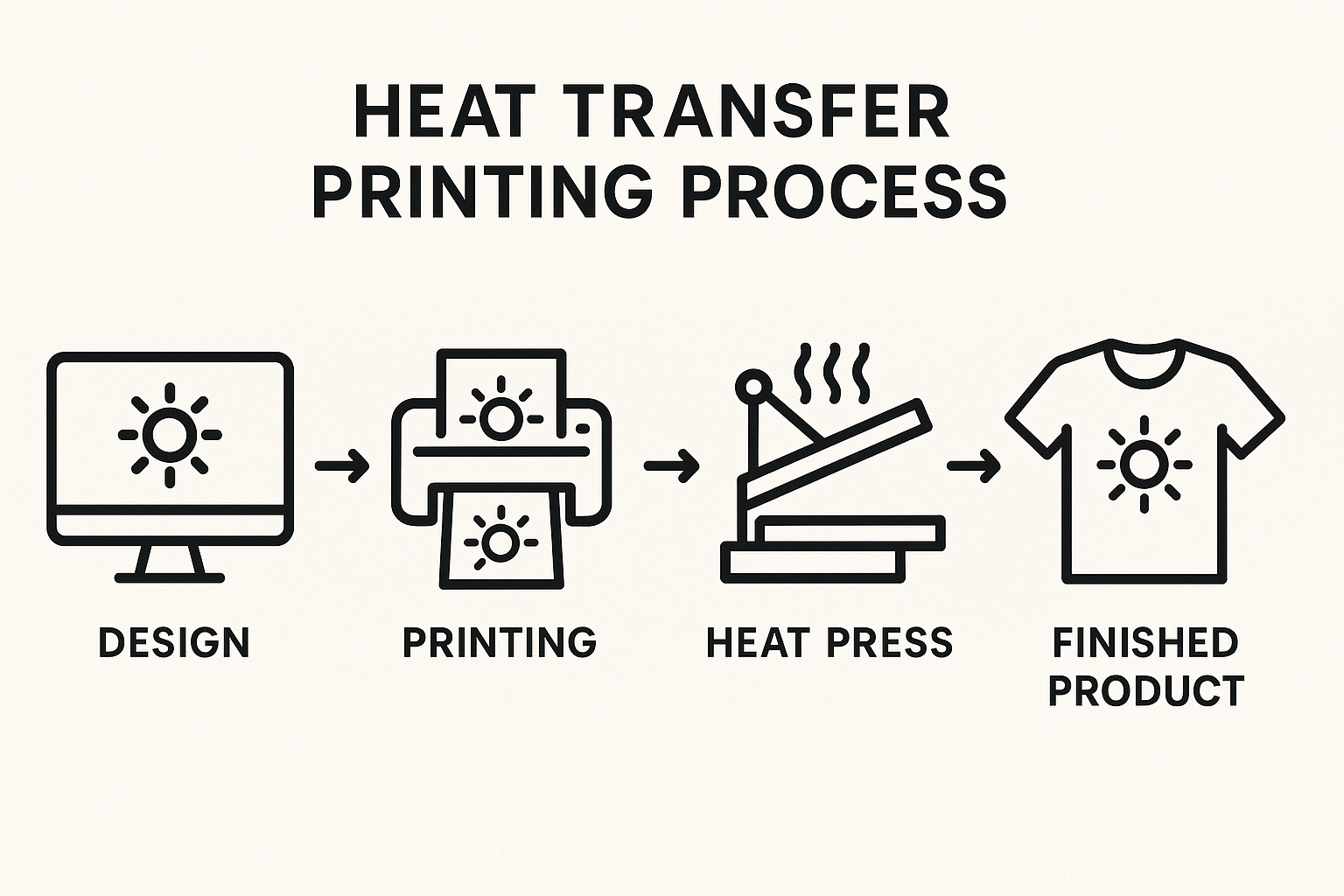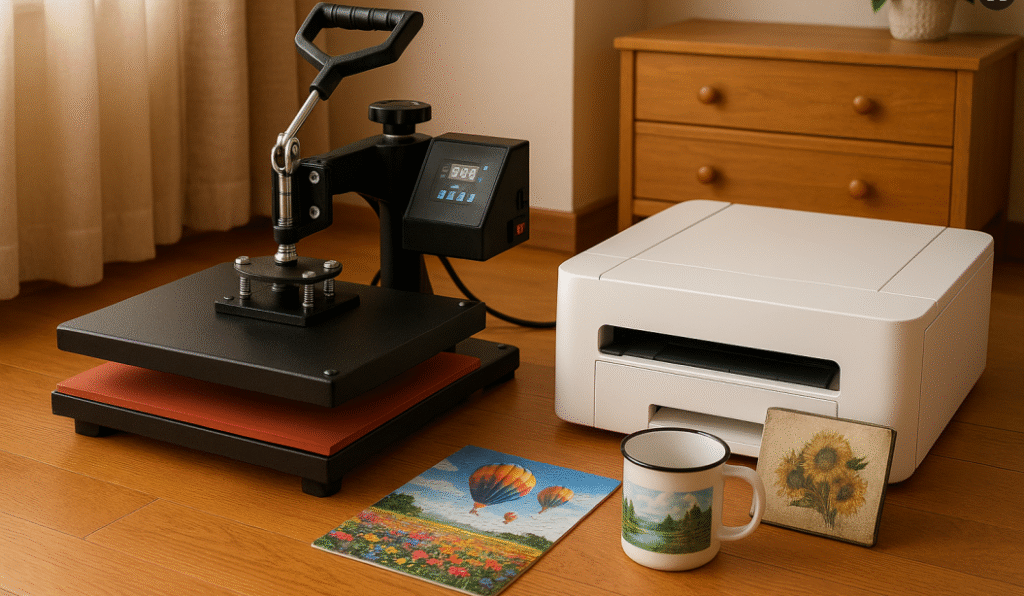Advantages of Heat Transfer Products: Leading Industry Innovation and Efficiency

In today’s industrial and commercial landscape, heat transfer products have emerged as indispensable components across various sectors, thanks to their exceptional technical performance and extensive application value. This article explores the multifaceted advantages of heat transfer products, showcasing how they deliver efficiency improvements and value creation for users.
I. High-Efficiency Thermal Conductivity
The most notable advantage of heat transfer products lies in their exceptional thermal conductivity efficiency. Compared to traditional thermal management solutions, modern heat transfer materials achieve:
Faster heat energy transfer rates, reducing energy losses
More uniform heat distribution, preventing localized overheating
More stable operating temperatures, extending equipment lifespan
These performance advantages enable heat transfer products to excel in electronic devices, high-precision instruments, and industrial equipment, effectively addressing performance degradation issues caused by heat concentration.
II. Outstanding Adaptability and Flexibility
Modern heat transfer products demonstrate remarkable adaptability, capable of:
Accommodating applications of various shapes and sizes
Maintaining stable performance even under extreme temperature conditions
Seamlessly integrating with diverse materials and systems
This flexibility allows heat transfer products to play a crucial role in applications ranging from microelectronic devices to large-scale industrial equipment, providing designers and engineers with expanded options.
III. Significant Economic Benefits
Implementing high-quality heat transfer products delivers substantial economic returns:
Reduced energy consumption, lowering operational costs
Extended equipment lifespan, decreasing maintenance frequency
Enhanced system efficiency, boosting productivity
Fewer failures and downtime incidents caused by overheating
In the long term, these advantages generate considerable return on investment for businesses, making heat transfer products a quintessential cost-saving technology.
IV. Environmental Protection and Sustainability
Modern heat transfer products increasingly emphasize environmental performance:
Utilization of eco-friendly materials, minimizing harmful substances
Improved energy utilization efficiency, reducing carbon emissions
Extended equipment life, decreasing resource consumption and waste generation
These characteristics position heat transfer products as vital tools for businesses pursuing sustainability goals, aligning with increasingly stringent environmental regulations and societal expectations.
V. Extensive Application Prospects
The application domains for heat transfer technology continue to expand:
Electronic cooling: from personal computers to data centers
New energy vehicles: battery thermal management systems
Aerospace: temperature control for precision instruments
Medical equipment: thermal management for temperature-sensitive devices
Building energy efficiency: wall insulation and temperature regulation
This diversified application landscape provides heat transfer products with vast market potential and sustained development momentum.
Conclusion
Heat transfer products, with their superior performance, flexible adaptability, significant economic benefits, and environmental characteristics, are becoming a key driving force for technological innovation across industries. As technology continues to advance, heat transfer technology will evolve further, bringing efficiency improvements and innovative solutions to more fields. When selecting and implementing heat transfer products, businesses should thoroughly consider their specific requirements and long-term benefits to achieve optimal return on investment and competitive advantage.



